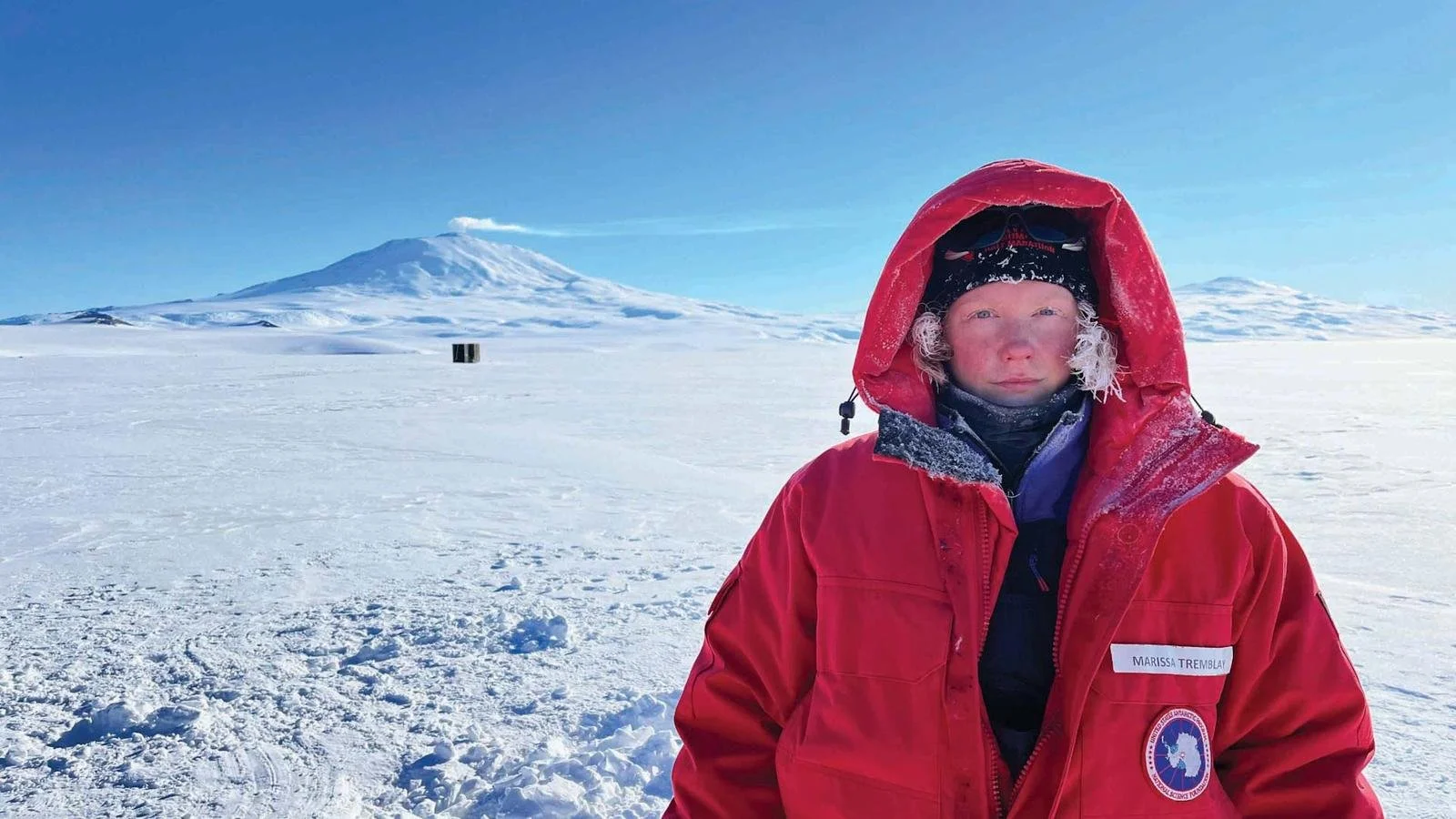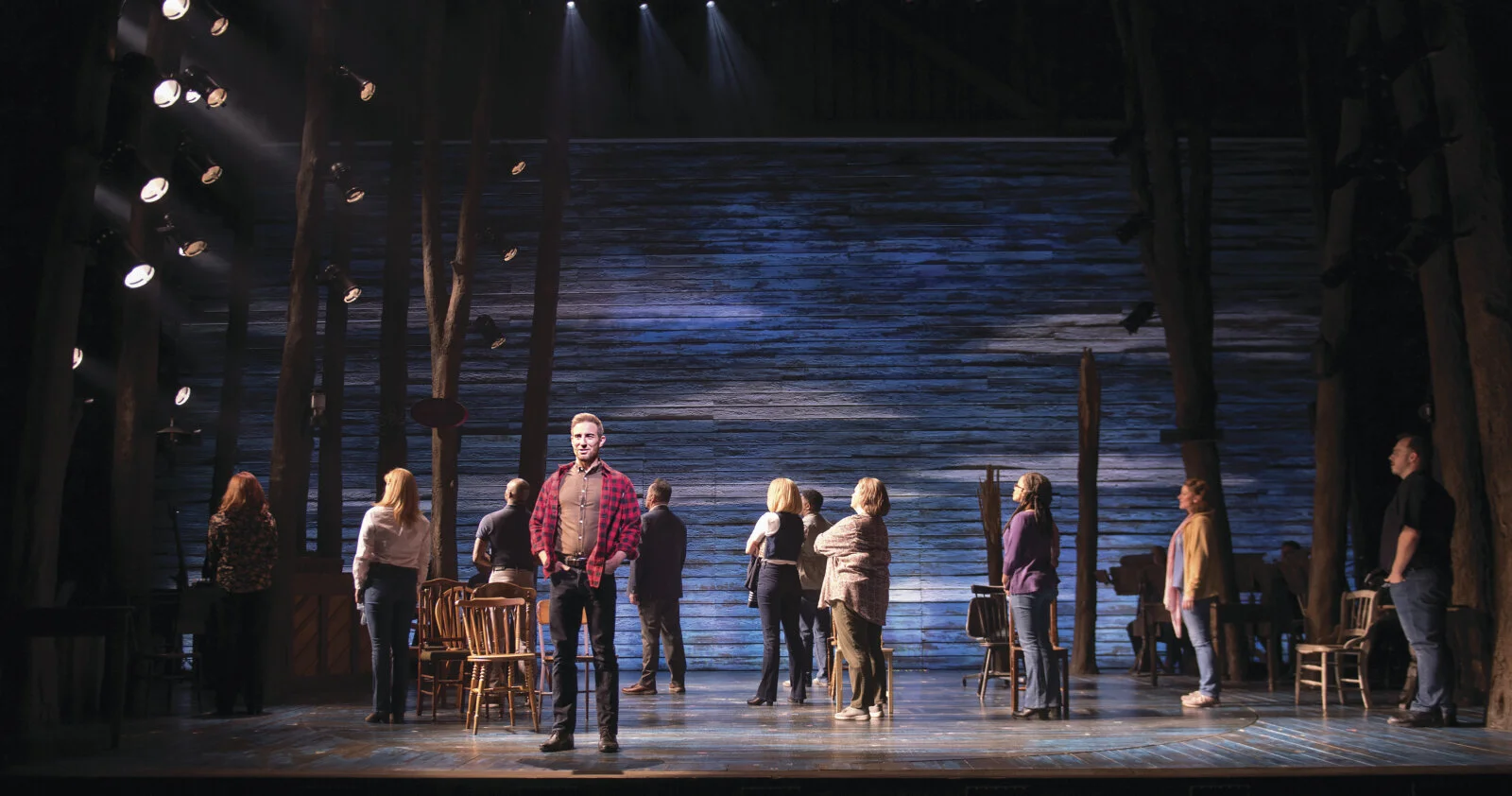Innovative Boilermakers whose work impacts the daily lives of millions
From his fourth-floor home office perched on so-called Billionaires Row, Keith Krach (IE’79) can see the entirety of the San Francisco Bay and the famous Golden Gate Bridge that spans the strait connecting the bay to the Pacific Ocean. It’s an impressive vista and a far cry from his hometown of Rocky River, Ohio, a Cleveland suburb.













